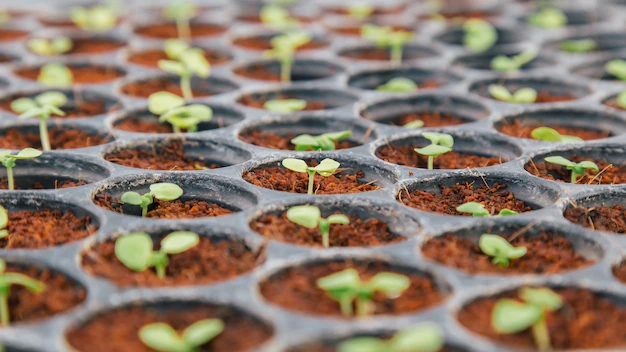Seeders and planters play crucial roles in crop production by facilitating the efficient and precise sowing of seeds in agricultural fields. While their functions are similar, there are some differences between seeders and planters in terms of their mechanisms and applications.
- Seeders: Seeders are agricultural machines designed to distribute seeds uniformly across the field. They are typically used for large-scale planting operations. The main functions of seeders include:
a. Seed Metering: Seeders have mechanisms to accurately meter out the seeds in predetermined quantities. This ensures an even distribution of seeds and helps maintain proper plant spacing, which is crucial for maximizing crop yields.
b. Depth Control: Seeders have adjustable mechanisms that control the depth at which the seeds are planted. This helps ensure that the seeds are sown at the appropriate depth for optimal germination and establishment.
c. Seed Placement: Seeders can place seeds in different patterns, such as rows or bands, depending on the crop and planting technique. They can create furrows or openings in the soil where the seeds are deposited.
d. Fertilizer Placement: Some seeders are equipped with attachments or mechanisms that allow for simultaneous placement of fertilizers along with the seeds. This helps provide essential nutrients to the growing plants right from the beginning.
- Planters: Planters, like seeders, are used for sowing seeds in agricultural fields. However, planters are generally more advanced and offer additional features compared to seeders. Planters are commonly used for precise planting in smaller-scale operations and specialized crops. The key functions of planters include:
a. Seed Singulation: Planters are capable of singulating or separating individual seeds from the seed hopper. This feature ensures that only one seed is placed at a time, reducing seed wastage and promoting uniform plant spacing.
b. Seed Placement Accuracy: Planters employ mechanisms that provide high-precision seed placement, often with GPS or other guidance systems. This enables farmers to plant seeds at precise locations, optimizing the use of resources and maximizing crop uniformity.
c. Variable Rate Technology: Some planters are equipped with variable rate technology, which allows farmers to adjust the seed population and planting density across the field. This flexibility helps accommodate variations in soil conditions, optimize yields, and manage inputs efficiently.
d. Additional Functions: Planters may have additional capabilities, such as applying pesticides or other agrochemicals at the time of planting. This integration of multiple functions in a single machine enhances operational efficiency and reduces the need for separate operations.
Both seeders and planters play vital roles in crop production. Seeders are commonly used for large-scale operations, providing accurate seed metering and uniform distribution, while planters offer enhanced precision, singulation, and advanced features for precise planting in smaller-scale operations. The choice between seeders and planters depends on the specific requirements of the crop, scale of operations, and desired level of precision.
Join 'Farmers Mag' WhatsApp Channel
Get the latest Farming news and tips delivered straight to your WhatsApp
CLICK HERE TO JOIN






